Yellow tea: the valuable and rare tea of the emperors
Yellow tea is one of the oldest, rarest and most valuable teas in the world. Made through a longer oxidation process than other types of tea, it has a peculiar flavour and a history of nobility and expertise.
If you’ve never heard of yellow tea, don’t worry: it’s so rare and valuable that most tea lovers can only dream of tasting it. Nowadays, however, it has become easier to access this speciality.
In this article, therefore, we’ll delve into the world of yellow tea – what makes it special and rare – and its health (and taste) benefits. Also find out how you can prepare this delicious tea at home.
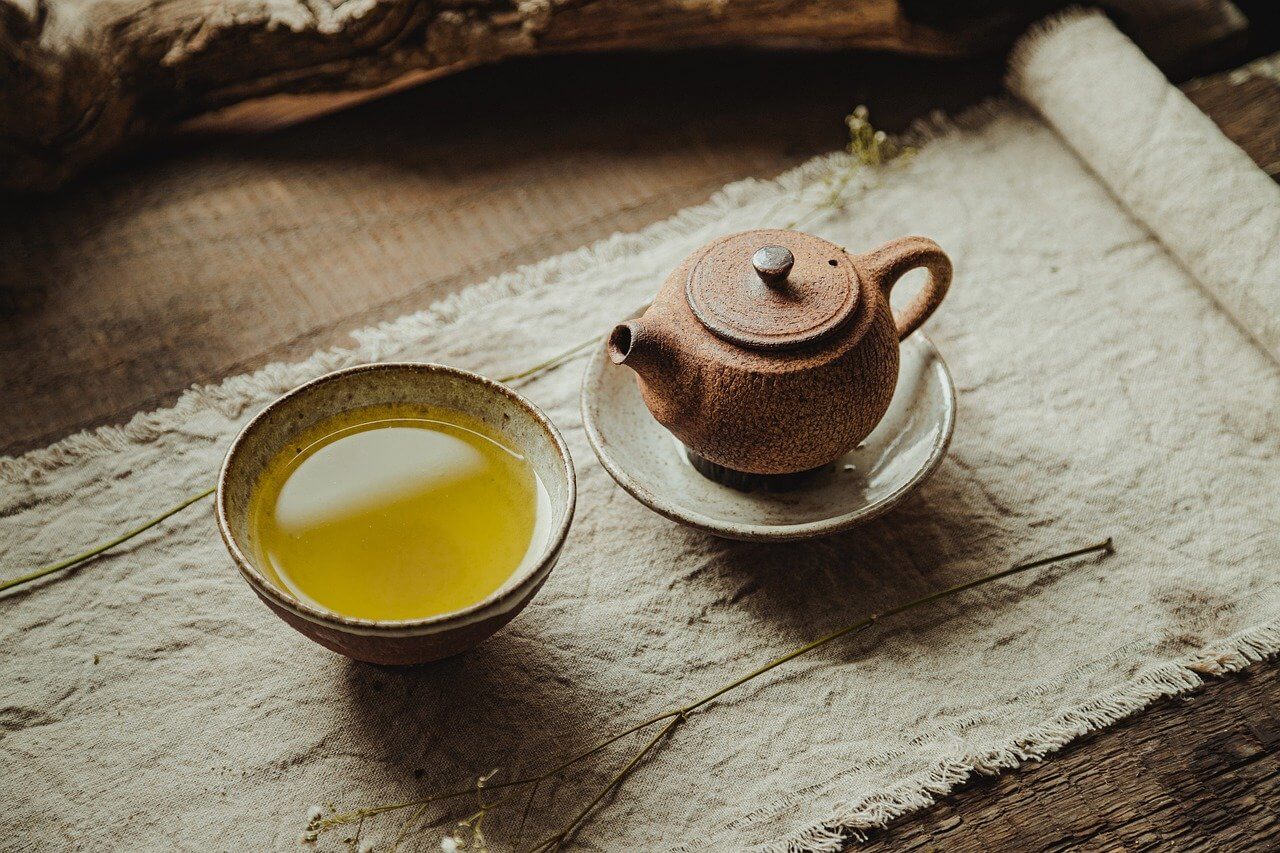
Origins of Yellow Tea
Yellow tea is believed to have been created around 2,000 years ago in China, during the Han Dynasty (206 BC – 220 AD). At the time, tea was a rare medicinal drink, only consumed by emperors and members of the court. It wasn’t until almost a millennium later, in the Tang Dynasty (618-907 AD), that yellow tea became popular among the Chinese people.
Like other pure teas, yellow tea comes from the Camellia sinensis plant. The leaves are picked in spring and then rolled, crushed and dried in the sun or in an oven. Its production process is what makes it unique.
For centuries, it was illegal to sell yellow tea outside of China, which may explain why this tea is less famous than others.
What makes yellow tea special
To produce yellow tea, only the best leaves and buds are used, to ensure a lighter flavour. They can take between a few hours and several days to be ready, depending on the weather conditions and the ambient temperature, and the process can be repeated up to three times until they are perfect.
It differs from other pure teas due to several other factors, namely:
- The oxidation process
The oxidisation process of yellow tea is a complex process involving a series of chemical reactions between the enzymes in the leaves and oxygen. It begins as soon as the leaves are picked, rolled and crushed. The leaves are then exposed to oxygen and the oxidisation process begins.
- The level of antioxidants
The antioxidant content of yellow tea helps protect the body against damage caused by free radicals. Free radicals are unstable molecules that can damage cells and lead to the development of diseases such as cancer and Alzheimer’s.
- The presence of polyphenols
Polyphenols have anti-inflammatory and antibacterial properties, which help reduce the risk of chronic diseases, diabetes, obesity and cardiovascular disease.
- L-Theanine
Normally associated with green tea, L-Theanine is also present in yellow tea. L-Theanine is an amino acid with relaxing effects that acts on psychological and emotional health.
There are also three varieties of yellow tea, which differ in the type of leaves used and where they are grown: Jun Shan Yin Zhen, Meng Ding Huang Ya and Mo Ga Huang Ya.
The Jun Shan Yin Zhen variety is grown on the island of Jun Shan, in Hunan province, and is the best known variety. Due to the size of the island – just 1 square kilometre – this variety has very limited production.
The Meng Ding Huang Ya variety comes from Meng Ding Shan, in Sichuan; and the Mo Gan Huang Ya variety is from Mo Gan Shan, in Zhejiang.
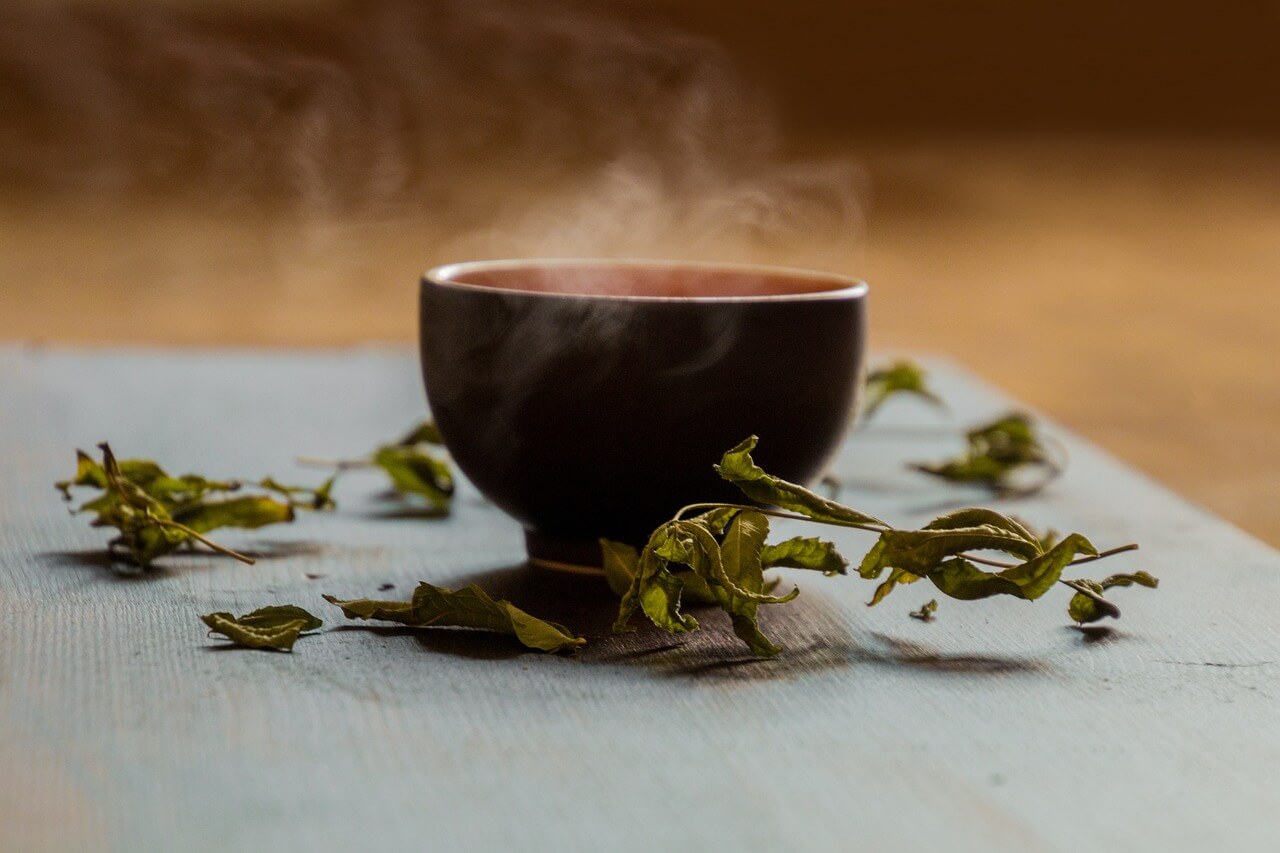
The benefits of yellow tea
In addition to the properties mentioned above, there are several others. These include:
- Anti-inflammatory properties
Yellow tea has anti-inflammatory properties, which can help reduce pain and inflammation.
- Increased metabolism
Yellow tea can help increase metabolism and burn calories, making it a great ally in weight loss.
- Improved mood
Due to the presence of L-Theanine, yellow tea can help maintain a good mood and mental well-being.
- Improved cognitive functions
Yellow tea can help improve cognitive function, including memory and concentration.
How to prepare yellow tea
Yellow tea is a healthy and delicious drink that can be enjoyed by people of all ages.
Yellow tea producers go to great lengths to ensure that yellow tea doesn’t have the same bitter flavour as green tea. That’s why it’s important to avoid boiling the water or leaving the leaves for longer than indicated.
To prepare it, all you need is your usual tea-making utensils.
Ingredients:
- 2-3 grams of yellow tea leaves
- 250ml water
- Water temperature: between 70 and 80 °C
Preparation:
- Heat the water;
- Pour a little hot water into the cup – this will prevent the shock between the leaves and the hot water from being too great;
- Add the leaves and pour the hot water over them;
- Leave the leaves in the water for 2-3 minutes;
- Strain and serve. It can be drunk hot or cold.
You can also add honey or sweetener, or even milk, to enrich the tea. The tea leaves can be reused about 6 times, and each dose will be gradually more intense.
If you’re looking for a healthy, delicious and naturally refreshing drink (even if it’s hot), yellow tea is an excellent choice. Its medicinal properties and unique flavour have all the potential to become a new favourite for your days!



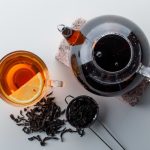
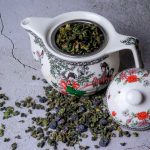
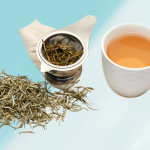
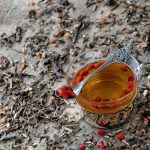

Sorry, the comment form is closed at this time.